The figurative expression of Old Testament prophecies and some of their manifestations rendered divine languages in simple and relatable human terminologies. Both the minor and major prophets in the Old Testament used metaphors to facilitate such simplicity of divine communication. It conveyed some metaphors in familiar and self-explanatory contexts, while others remained unfamiliar, confusing, and sometimes disturbing. The latter category of metaphors portrays God in ways that seem contradictory to His nature. An example would be the case where God is portrayed as a hateful parent in Hosea 11: 5-7 despite the universal knowledge that he is a loving father (Hos 11: 4). Of interest in this write-up is an exploration of the prophetic rhetoric for these metaphors to identify the different ways in which the metaphorical images intersect and build off each other. Five prophetic books of Ezekiel, Isaiah, Daniel, Hosea, and Jeremiah have been considered. These prophets present diverse forms of metaphors to establish the character of God or the nature of His relationship with the people. Drawing upon specific Bible verses, the present article provides a sharp critique of the Old Testament prophetic rhetoric, paying significant attention to the fullness of metaphorical messages across the prophetic books mentioned above.
The Metaphor of Marriage
Theme of marriage abounds in the prophetic corpus. The book of Jeremiah provides a rich ground for exploring the metaphor of marriage in God-human relationships. The pact between God and His people is often portrayed as the relationship between the husband and the wife. Jeremiah best describes a monogamous marriage between God and Israel in chapter 2. He writes, “I remember the loyalty of your youth, your love as a bride in a land not sown. Israel was holy to the LORD, the first fruits of His harvest.” (Jer 2:2–3)
As the husband, God meets his matrimonial duties of providing for the needs of the wife, uplifts the wife, and expects her compliance with the Lord’s plans. Also clear in this section is the value that God gives to Israel, his wife. In the metaphor, God likens the wife to ‘first fruits of the harvest,’ which, consistent with Leviticus 22: 10-16, is evidence that Israel was God’s priority from among the rest of the tribes, or His first-choice possession. Jeremiah’s portrayal of this divine marriage builds on the earlier description provided by Prophet Isaiah, who stated that “Your husband is your maker – his name is Yahweh of Hosts” (Isa 54:5). Jeremiah continues to recognize how Israel contradicts God’s expectations and proves to be unfaithful. He mentions the Israelites’ desire to ‘follow useless idols’ (Jer 2:8). Prophet Hosea builds upon Jeremiah’s prophecy by marrying a harlot called Gomer. Marital union between Gomer and Hosea is metaphorical and symbolizes Israelites’ infidelity to God as evidenced by their preference for ‘useless idols’ (Jer 2: 8).
Figurative language, as used to describe marriage in the sections above, takes the form of direct metaphors. The direct metaphors are suited to these religious contexts because they are a primary means through which the Israelites could conceptualize the unknown religious situations to what is already known. What a direct metaphor does is portray one thing (A) in terms of another (B) when in fact they do not belong to the same domain. For instance, God as the husband (God= A; husband = B). These two elements belong to different domains; one of which Israel already comprehends (husband) and another which they do not relate to on a deeper level (God). God belongs to the divine domain, and very few Israelites would claim to have direct knowledge of his feelings. However, the Husband is in the domain of humanity and everyone has a direct understanding of how a human husband feels towards the wife. Therefore, Israelites could understand the Lord’s feelings towards them by comparing his emotions to those of a human husband to the wife.
The Metaphor of Adultery
The metaphors in the prophetic corpus also bear theme of sexual perversion. Overall, the prophets use the word ‘prostitution’ to symbolize Israel’s spiritual unfaithfulness to God (Hos: 4: 14; Eze 23; Isa 23: 15-18). Still, there are nuanced differences in the aspects of prostitution in different prophetic contexts. For instance, Hosea believes that prostitution is more than Gomer’s infidelity. He asserts that prostitution describes the behavioral departure, estrangement, and lack of spiritual effort desired by God. It may also mean inconsistencies or incongruous tendencies, cultic practices, and other forms of spiritual defilement. Therefore, Hosea’s metaphor of unfaithfulness was a composite of all the different behaviors adopted by the Israelites that distanced them from God.
In Jeremiah, the same metaphorical portrayal of unfaithfulness as general wickedness persists. Most of the mentions of unfaithfulness in Jer 2: 1-4 to Jer 4 are about the prophetic messages condemning the absurd, senseless, purposeless, and sometimes ridiculous tendencies that were widespread in Judah. Israel is symbolic of the purposelessness of an adulterous woman who is bound to remain directionless because of the lack of a man as the head. A promiscuous woman is directionless because she has not pledged her loyalty to a single man who can give her a sense of direction. As mentioned in the earlier sections, God is supposed to be Israel’s husband (Isa 54: 5). However, following Israel’s unfaithfulness, she gets separated from God (Isa. 50: 1). Therefore, like an unfaithful woman, Israel lacks a sense of direction and cannot make meaningful progress as a nation.
From a deeper perspective, the metaphor of unfaithfulness qualifies more than a metonymy than a standard metaphor. This mode of expression seems to like two elements that belong to the same domain. For instance, unfaithfulness is an umbrella term for all the wickedness and religious shortcomings that characterized the relationship between God and the Israelites. Unfaithfulness in a woman manifests in different forms (A= sexual perversion, lies, lack of trust); but each of these elements make up unfaithfulness (B). Therefore, metonymy arises in using B in place of the elements covered under A. The purpose of using metonymy was to bring the Novice Israelites into understanding the different wickedness that strained their relationship with God, but which they could not otherwise understand.
The Unique Metaphors in the Book of Daniel
The metaphors in the Book of Daniel have a parallel structure to the ones presented in the earlier sections. The imagery in the prophecies of Daniel takes the form of dreams and visions. Dreams and visions are powerful elements of prophecy that remain relevant as God’s way of communicating with his people through the prophets. Several prophets have had dreams or visions because it is the Lord’s preferred means of communication to the people. He says: “Hear now my words: If there is a prophet amongst you, I, the Lord, make myself known to him in a vision; I speak to him in a dream” (Num 12:16).
It also considered dreams also as metaphor because their interpretation explains the metaphors that they carry in their messages. For instance, in Chapter 2 of Daniel, Nebuchadnezzar had a dream that was a secret from God, and the meaning of the dream could only be understood by first interpreting the metaphor. Daniel drew on the imagery of the dream to express what had been inexpressible to all the fortune-tellers in Nebuchadnezzar’s palace. Daniel confronted the King in verse 38 and declared, “You are this head of gold.” A king is the head of a kingdom, and the image of the head translates to a leader, or for the case of Nebuchadnezzar, the King. Also, the actions that happen in the dream will manifest in real life. The dream becomes a metaphor for actual life events.
Interpreting the metaphor in Daniel’s dream created another metaphor because the successive kings who would take after Nebuchadnezzar can be seen as hypothetical. It implies that the coded message in the prophecy can also be considered a parable. However, the parable does not disqualify the metaphorical aspect of the dream, regardless. Rather, like any other imagery, the parable compares two elements by portraying one as an indirect image of the other. That the juxtaposition of the kings with the leadership that would succeed Nebuchadnezzar qualifies Daniel’s dream as a metaphor rather than just an analogy. It is notable, however, that the metaphors in dreams are not restricted to the prophet’s interpretation. Some of Daniel’s visions revealed the complexity of metaphors. Some divine messages communicated to Daniel as visions were so complex that an angel of the Lord explained Daniel (Dan 6)
Conclusion
To sum up, understanding the writings of the Old Testament prophets requires a reader to be aware of the Jewish tradition and context of prophecy. This assertion cuts across the entire prophetic corpus because both the Minor and the Major Prophets used metaphors. One metaphor that is central to the OT prophecies is God’s relationship with the people of Israel portrayed as marriage. Jeremiah provides an elaborate use of marriage-divorce imagery to shed light on the quality of the relationship between God and Israel. Positive image of a groom’s unrelenting love for her bride is contrasted with the wife’s subsequent disloyalty. The challenging marriage is metaphorical of God’s desire to build close bonds with the Israelites despite the former’s persistent indifference. Other prophets also shared the image of a troubled relationship between God and Israel, such as Ezekiel, Hosea, and Isaiah. Each of these prophets likens the wife’s infidelity to Israel’s disloyalty to the Lord’s commandments.
In another metaphor, the unfaithfulness of Hosea’s adulterous wife is an umbrella term that summarizes different behavioral traits. An unfaithful wife lies about her movements, pretends in the presence of her spouse, feigns innocence, and does not appreciate her husband’s efforts to unify the family. These behavioral tendencies represent the actual practices that characterized Israel’s disloyalty to God. The Israelites worshipped idols but still cried to God for help when they encountered misfortunes. They also failed to recognize God’s effort at bringing them back to righteousness and instead played the victim for being cast out by God. It presented a different type of metaphorical writing is presented in the book of Daniel, where metaphors take the form of dreams and visions and their respective interpretations. This category of metaphors is clear in Daniel’s interpretation of Nebuchadnezzar’s dream.
It expressed some metaphors through writings from inspired prophets. However, the metaphorical coding of divine messages was not limited to direct speeches and ordinary writings. Rather, the statements were also codified in dreams and visions, as clear in Daniel 2. That the prophetic rhetoric uses metaphors in different forms. Despite the form taken by a metaphor, they served common purposes that can be summarized into three major functions. First, these metaphors transferred divine emotional attitudes in ways that the people of Israel could relate to. Second, the metaphors persuaded their targeted audience to pursue a specific course of action. Last, the metaphors enabled the audience or interpreters to make an expression of their cognitive insights by converting twisted knowledge into literal terms to understand normal human circumstances.


Leave a Reply
You must be logged in to post a comment.